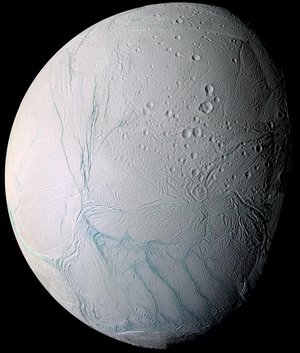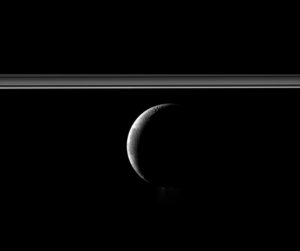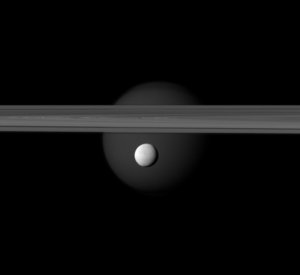Accept all cookies Accept only essential cookies See our Cookie Notice

About ESA
The European Space Agency (ESA) is Europe’s gateway to space. Its mission is to shape the development of Europe’s space capability and ensure that investment in space continues to deliver benefits to the citizens of Europe and the world.
Highlights
ESA - United space in Europe
This is ESA ESA facts Member States & Cooperating States Funding Director General Top management For Member State Delegations European vision European Space Policy ESA & EU Space Councils Responsibility & Sustainability Annual Report Calendar of meetings Corporate newsEstablishments & sites
ESA Headquarters ESA ESTEC ESA ESOC ESA ESRIN ESA EAC ESA ESAC Europe's Spaceport ESA ESEC ESA ECSAT Brussels Office Washington OfficeWorking with ESA
Business with ESA ESA Commercialisation Gateway Law at ESA Careers Cyber resilience at ESA IT at ESA Newsroom Partnerships Merchandising Licence Education Open Space Innovation Platform Integrity and Reporting Administrative Tribunal Health and SafetyMore about ESA
History ESA Historical Archives Exhibitions Publications Art & Culture ESA Merchandise Kids Diversity ESA Brand Centre ESA ChampionsLatest
Space in Member States
Find out more about space activities in our 23 Member States, and understand how ESA works together with their national agencies, institutions and organisations.
Science & Exploration
Exploring our Solar System and unlocking the secrets of the Universe
Go to topicAstronauts
Missions
Juice Euclid Webb Solar Orbiter BepiColombo Gaia ExoMars Cheops Exoplanet missions More missionsActivities
International Space Station Orion service module Gateway Concordia Caves & Pangaea BenefitsLatest
Space Safety
Protecting life and infrastructure on Earth and in orbit
Go to topicAsteroids
Asteroids and Planetary Defence Asteroid danger explained Flyeye telescope: asteroid detection Hera mission: asteroid deflection Near-Earth Object Coordination CentreSpace junk
About space debris Space debris by the numbers Space Environment Report In space refuelling, refurbishing and removingSafety from space
Clean Space ecodesign Zero Debris Technologies Space for Earth Supporting Sustainable DevelopmentLatest
Applications
Using space to benefit citizens and meet future challenges on Earth
Go to topicObserving the Earth
Observing the Earth Future EO Copernicus Meteorology Space for our climate Satellite missionsCommercialisation
ESA Commercialisation Gateway Open Space Innovation Platform Business Incubation ESA Space SolutionsLatest
Enabling & Support
Making space accessible and developing the technologies for the future
Go to topicBuilding missions
Space Engineering and Technology Test centre Laboratories Concurrent Design Facility Preparing for the future Shaping the Future Discovery and Preparation Advanced Concepts TeamSpace transportation
Space Transportation Ariane Vega Space Rider Future space transportation Boost! Europe's Spaceport Launches from Europe's Spaceport from 2012Latest

Saturn's moon Enceladus
Thank you for liking
You have already liked this page, you can only like it once!
This 16-image mosaic of Enceladus was taken during Cassini's first close flyby of this moon of Saturn on 17 February 2005.
This mosaic shows the trailing hemisphere of Enceladus - the side of Enceladus that always faces away from the direction of the satellite's orbital motion. This hemisphere is dominated by Sarandib Planitia (just right of center), a region thought to be dominated by smooth plains in NASA Voyager 2 images taken in August 1981, but shown here in much higher resolution images to be covered in low ridges and troughs. Other major features seen in the region include Labtayt Sulci, a 1-kilometre deep canyon running northward from a cusp in the south polar terrain boundary (Cashmere Sulci) at lower right to a set of 1-kilometre-tall ridges (Cufa Dorsa and Ebony Dorsum) east of Sarandib Planitia, as well as Samarkand Sulci, a band of ridges and troughs running along the western margin of Sarandib Planitia almost all the way north to Enceladus' north pole.
In contrast to the youthful terrain of Sarandib Planitia and the terrain south of it, the terrain north and west of Sarandib appears much older. These regions are covered with impact craters at various stages of degradation, either from viscous relaxation (which causes the craters to flatten over time), or from tectonic activity.
To create this single full-disc mosaic, the 16 images were reprojected into an orthographic projection centered at 2.3 degrees north latitude, 317.7 degrees west longitude with a pixel scale of 63 metres per pixel. The original images were taken by the Cassini spacecraft narrow-angle and wide-angle cameras from distances ranging from 10 850 to 29 750 kilometres. The images had a phase, or sun-Enceladus-spacecraft, angle of 28 degrees.
-
CREDIT
NASA/JPL/Space Science Institute -
LICENCE
ESA Standard Licence

Enceladus' craters and complex, fractured terrains

Saturn's rings and Enceladus

Saturn’s rings, Titan and Enceladus

The fountains of Enceladus?















 Germany
Germany
 Austria
Austria
 Belgium
Belgium
 Denmark
Denmark
 Spain
Spain
 Estonia
Estonia
 Finland
Finland
 France
France
 Greece
Greece
 Hungary
Hungary
 Ireland
Ireland
 Italy
Italy
 Luxembourg
Luxembourg
 Norway
Norway
 The Netherlands
The Netherlands
 Poland
Poland
 Portugal
Portugal
 Czechia
Czechia
 Romania
Romania
 United Kingdom
United Kingdom
 Slovenia
Slovenia
 Sweden
Sweden
 Switzerland
Switzerland
























